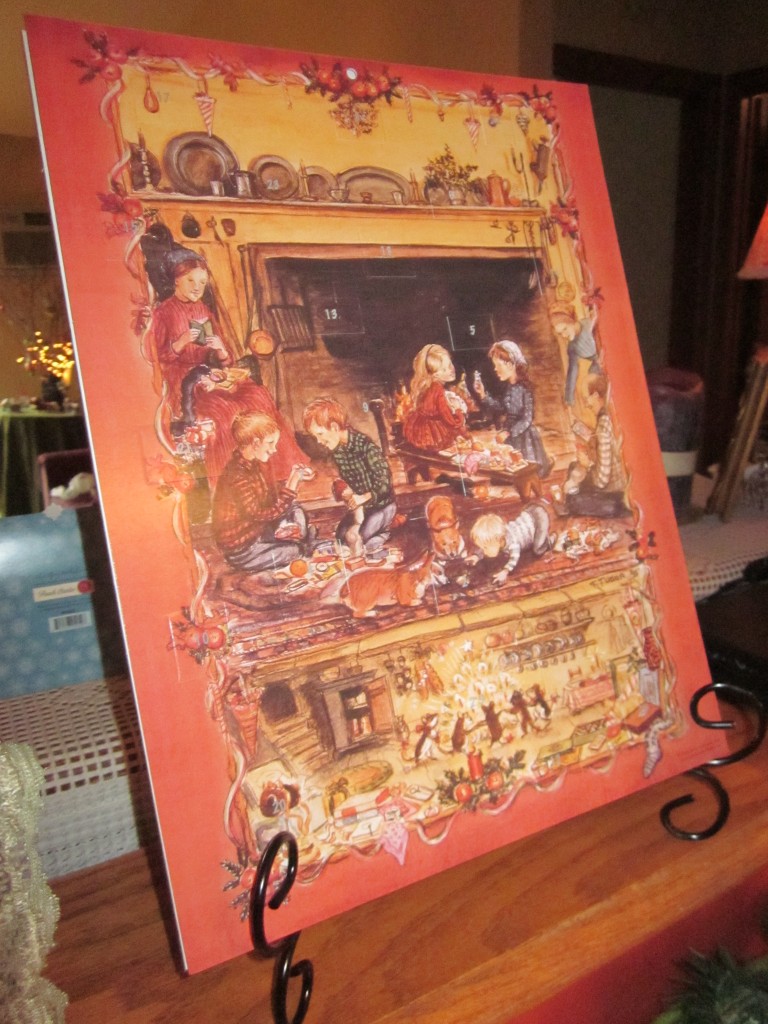Thank you to Steve of Rolling Dog Farm for posting this article on his blog today. It is an article worth sharing. My favorite line in this article is: “But one of the most important things we can do for them is to acknowledge death as a natural, inevitable and deeply meaningful event.” I believe when we can truly be in the moment of a dying pet it can be beautiful… and I’m so glad to have had that with Frankie.
‘It’s Just a Dog. Get Over It.’
The death of a pet is often dismissed. But treating loss with gravity is better for animals—and humans
By Jessica Pierce.
Last week, the singer Fiona Apple told her fans that she would be canceling the South American leg of her concert tour in order to be with her dying dog. Ms. Apple’s announcement, made in a four-page handwritten letter to fans, has elicited some pushback and—let’s face it—some downright snarky commentary, as in: It’s just a dog, Fiona. Get. Over. It.
What’s surprising, though, is that close to 80,000 people have “liked” Ms. Apple’s Facebook posting of her letter, and the vast majority of fans have supported her decision. Such expressions of support are unusual. People with strong bonds to animals often feel that the larger society in which they live assigns relatively little moral value to pets and other animals. The death of a pet is often dismissed as unimportant. And unlike Ms. Apple, most of us generally are not able to miss work because our animal is ill or dying.
The singer’s decision and the reaction to it represent an emerging cultural shift, one noted by the sociologist Hal Herzog in his book “Some We Love, Some We Hate, and Some We Eat.” More Americans now see themselves as living in a multispecies family. (And, no, this doesn’t mean that people view their animals as miniature humans or furry children, though this stereotype might fit a few pet owners you know.) Surveys conducted by the pet industry have found that 70% of pet owners in the U.S. share a bed with their animal, a figure unsettlingly close to the percentage of people who share a bed with their spouse. And we show our devotion in how we spend. This year Americans will fork out an estimated $53 billion in caring for their pets.
Owners facing the loss of a pet are beginning to feel less isolated, partly because social-media outlets like Facebook and Internet chat rooms allow them to connect with and draw support from like-minded people. The way we care for our animals is changing, too. Once euthanasia was the default response to an animal’s mortal illness. Not any more. The rapid growth of the hospice and palliative-care movement for animals reflects the new attitude.
According to one animal-hospice expert whom I interviewed for my book on how we deal with the decline and death of our pets, there are somewhere on the order of 75 veterinary hospice/palliative care services in the country. (No hard numbers are available.) Another expert estimated that around 10,000 animals are treated annually by practitioners specializing in some form of end-of-life care, approximately a tenfold increase from a decade ago. Ancillary sales of such things as doggy wheelchairs, therapeutic beds and incontinence pads are rising.
As with humans, palliative and hospice care for animals involves a family-centered approach to providing comfort and support during the dying process. Working together, pet owners and veterinarians can often maintain a good quality of life for an animal long after we might, in past times, have simply euthanized it.
For example, we can help to keep a wobbly and arthritic dog mobile by making alterations to the home environment (ramps and throw rugs and nonslip “socks”) and doing physical therapy and massage. Caregivers are educated about disease process and prognosis and how to recognize and address physical and psychological suffering in their animal.
At animal hospices, owners are encouraged to talk about the anticipation of loss, what they fear, how they perceive death and what comes after. A skilled veterinarian or bereavement counselor can help. Every vet is trained in pain management and can help to create an end-of-life care plan for an animal and his or her human family. A small but growing number of veterinary professionals are certified as pain practitioners by the International Veterinary Academy of Pain Management.
It is easy—and I say this from hard experience with my own dog—to let our own fear and suffering get in the way of really being present with our animal at the end. But one of the most important things we can do for them is to acknowledge death as a natural, inevitable and deeply meaningful event.
I’ve spent more time in the kitchen cooking special meals for my dying dog than I spent cooking for the humans in the house—and I know I am not alone. Crazy, maybe. But not alone.
—Dr. Pierce is the author of “The Last Walk: Reflections on Our Pets at the End of Their Lives.”
A version of this article appeared December 1, 2012, on page C3 in the U.S. edition of The Wall Street Journal, with the headline: ‘It’s Just a Dog. Get Over It.’.



